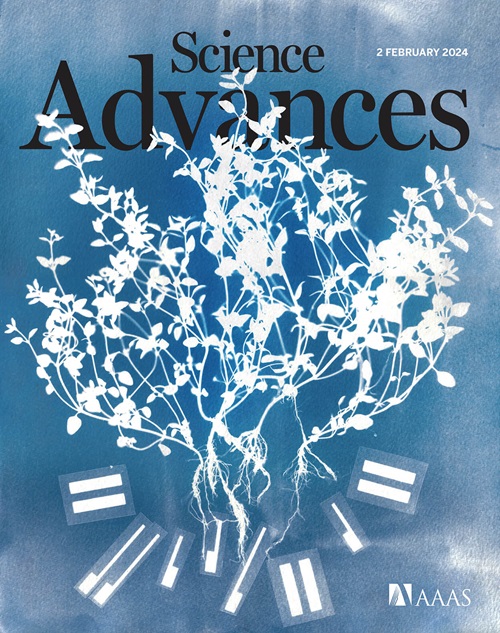A high-throughput experimentation platform for data-driven discovery in electrochemistry
IF 11.7
1区 综合性期刊
Q1 MULTIDISCIPLINARY SCIENCES
引用次数: 0
Abstract
Automating electrochemical analyses combined with artificial intelligence is poised to accelerate discoveries in renewable energy sciences and technologies. This study presents an automated high-throughput electrochemical characterization (AHTech) platform as a cost-effective and versatile tool for rapidly assessing liquid analytes. The Python-controlled platform combines a liquid handling robot, potentiostat, and customizable microelectrode bundles for diverse, reproducible electrochemical measurements in microtiter plates, minimizing chemical consumption and manual effort. To showcase the capability of AHTech, we screened a library of 180 small molecules as electrolyte additives for aqueous zinc metal batteries, generating data for training machine learning models to predict Coulombic efficiencies. Key molecular features governing additive performance were elucidated using Shapley Additive exPlanations and Spearman’s correlation, pinpointing high-performance candidates like cis-4-hydroxy-d-proline, which achieved an average Coulombic efficiency of 99.52% over 200 cycles. The workflow established herein is highly adaptable, offering a powerful framework for accelerating the exploration and optimization of extensive chemical spaces across diverse energy storage and conversion fields.

电化学数据驱动发现的高通量实验平台
自动化电化学分析与人工智能相结合,有望加速可再生能源科学和技术的发现。本研究提出了一个自动化的高通量电化学表征(AHTech)平台,作为快速评估液体分析物的成本效益和多功能工具。python控制的平台结合了液体处理机器人,恒电位器和可定制的微电极束,用于在微量滴定板中进行各种可重复的电化学测量,最大限度地减少化学消耗和人工努力。为了展示AHTech的能力,我们筛选了180个小分子作为水性锌金属电池的电解质添加剂,为训练机器学习模型生成数据,以预测库仑效率。利用Shapley additive exPlanations和Spearman’s correlation阐明了控制添加剂性能的关键分子特征,确定了诸如顺式-4-羟基-d-脯氨酸等高性能候选物,其在200次循环中平均库仑效率达到99.52%。本文建立的工作流程具有很强的适应性,为加速探索和优化跨越不同能量存储和转换领域的广泛化学空间提供了强大的框架。
本文章由计算机程序翻译,如有差异,请以英文原文为准。
求助全文
约1分钟内获得全文
求助全文
来源期刊

Science Advances
综合性期刊-综合性期刊
CiteScore
21.40
自引率
1.50%
发文量
1937
审稿时长
29 weeks
期刊介绍:
Science Advances, an open-access journal by AAAS, publishes impactful research in diverse scientific areas. It aims for fair, fast, and expert peer review, providing freely accessible research to readers. Led by distinguished scientists, the journal supports AAAS's mission by extending Science magazine's capacity to identify and promote significant advances. Evolving digital publishing technologies play a crucial role in advancing AAAS's global mission for science communication and benefitting humankind.
 求助内容:
求助内容: 应助结果提醒方式:
应助结果提醒方式:


